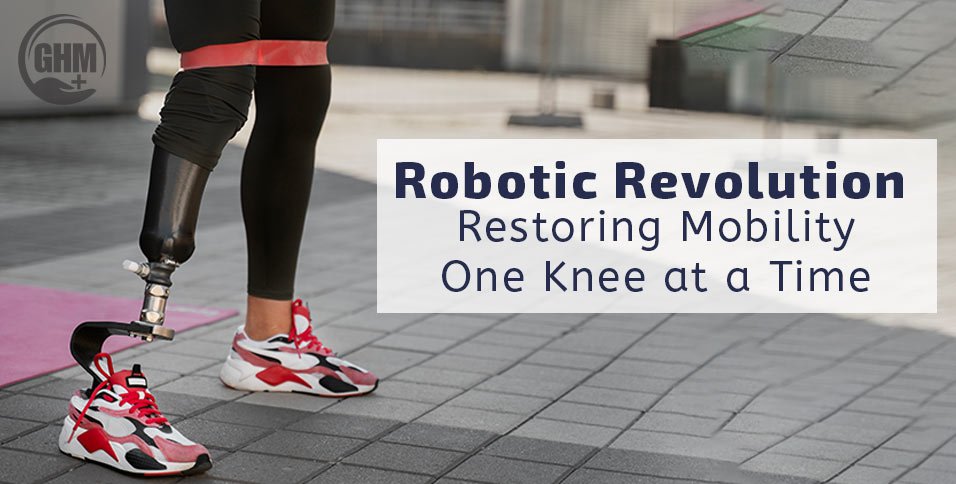In the ever-evolving landscape of medicine, innovation knows no bounds. One remarkable stride in this journey is the integration of robotics into orthopedic surgery, a transformation that promises to rewrite the story of mobility and pain relief. Among its many triumphs, robotic-assisted knee replacement surgery shines as a beacon of hope for those tethered by persistent knee discomfort. In this exploration, we delve into the realm of orthopedic robotics, uncovering the profound impact it wields in restoring lives marked by limited movement.
Robotic Precision in Knee Replacement Surgery
Within the dynamic landscape of orthopedics, a profound revolution has unfolded with the integration of robotic technology into surgical procedures, particularly in knee replacement surgery. These advanced systems equip surgeons with cutting-edge tools and techniques, resulting in enhanced precision and improved outcomes. Following are the benefits of robotic-assisted surgery for pain relief and restored mobility:
Patient-Specific Approaches to Enhance Treatment Efficacy
Robotic systems play a pivotal role in tailoring surgical plans to match each patient’s unique anatomy. By generating a 3-D model of the knee joint, these state-of-the-art robots eliminate the need for a preoperative CT scan of the leg. This not only reduces costs but also minimizes radiation exposure. This meticulous preoperative analysis facilitates precise knee implant sizing and an optimal surgical approach, ultimately leading to superior outcomes. The result? An implant that closely replicates your original knee joint anatomy, facilitating smoother and more natural movement.
Accelerated Healing and Improved Outcomes
In contrast to traditional surgery, robotic-assisted procedures involve smaller incisions and minimal scarring, significantly reducing tissue trauma. Thanks to the precise placement of knee implants, patients experience improved joint mechanics, translating to a faster recovery period. Opting for robotic surgery means less post-operative pain and a quicker return to an active lifestyle. Additionally, fewer post-surgery visits to the surgeon are typically required compared to traditional knee replacement procedures.
Prolonged Lifespan of Knee Implant
One compelling reason to consider robotic-assisted knee replacement surgery is its ability to minimize implant wear and tear. The surgery ensures optimal and precise positioning of the implant, leading to enhanced stability and decreased wear and tear. This not only results in a longer-lasting implant but also contributes to your long-term joint health. If durability is a priority, robotic surgery emerges as a compelling choice.
Enhancing Surgical Adaptability
Robotic technology facilitates precise intraoperative adjustments and real-time feedback. Your anatomy can be closely monitored, and knee movements tracked, ensuring surgery accuracy. Should the need arise, real-time adjustments can be made to cater to your specific requirements, ensuring a seamless surgical experience. In orthopedics, robotic technology empowers patients with precise and accurate knee replacement treatments, personalized to their unique needs.
A Leap Forward in Knee Replacement Surgery
As we explore further the transformative impact of robotic-assisted knee replacement surgery, it becomes evident that this innovative approach represents a significant leap forward in the quest for pain relief and improved mobility. Robotic precision, coupled with customized care, offers patients the opportunity to regain their active lifestyles with greater ease and confidence.
Also Read: Unveiling the Future of Healthcare: Ambulatory Surgery Centers



















